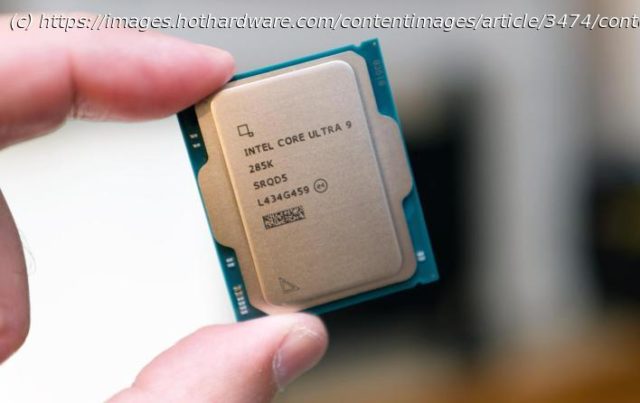Intel’s Arrow Lake-based Core Ultra 200S series processors for high-performance desktop systems have arrived and we’ve taken them for a spin around
Intel Core Utlra 200S Processors: Ultra 5 245K — $309, Ultra 9 285K — $589The new Arrow Lake-S Intel Core Utlra 200S series introduces a number of firsts for Intel desktop processors, but their performance alone may not entice current owners of 14th Gen Core systems. Big Efficiency ImprovementRun Much Cooler Than Raptor LakeStrong Single-Thread PerformanceNPU Arrives On DesktopsGreat Creator PerformanceBleeding Edge PlatformGaming And General Performance Mostly FlatFewer Threads Hurts Some MT Workloads
A couple of weeks back, Intel revealed the Core Ultra 200S series of desktop processors, based on the tiled Arrow Lake-S architecture. After a couple of generations of mild refreshes, the new Core Ultra 200S is almost a complete departure from previous-gen Intel desktop processors. Of course, Intel leverages P and E-core designs similar to Lunar Lake – namely Lion Cove and Skymont – but the Core Ultra 200S differs from legacy Intel desktop processors in that it is not a monolithic design and is comprised of 5 disaggregated tiles, similar to Intel’s mobile processors. The Core Ultra 200S also marks the first time an NPU is integrated into a desktop processor.
There’s much more to the story, of course, but we’ve previously covered Arrow Lake-S and the underlying technologies in the Core Ultra 200S series in our architectural reveal from a couple of weeks back. For a detailed overview of the Core Ultra 200S series, you’ll want to read that article. We’ll summarize a bit here, but today is all about taking the flagship Core Ultra 9 285K and Core Ultra 5 245K for a spin around the lab.The Intel Core Ultra 200S Processor Line-UpAs mentioned, the Core Ultra 200S series feature a tiled design, the links tiles, or chiplets, together on a single package. The Compute Tile contains all of the CPU cores of both the E- (efficient) and P- (performance) varieties. There’s also a GPU tile with a basic Intel Xe based graphics engine. The SoC tile, which previously housed low-power E-cores in Meteor Lake, is still present. However, it focuses on being more of a utility player for video processing and other light duty tasks outside of the GPU. This tile holds the display output logic for up to four 4K 60 Hz displays and video encode/decode blocks.






